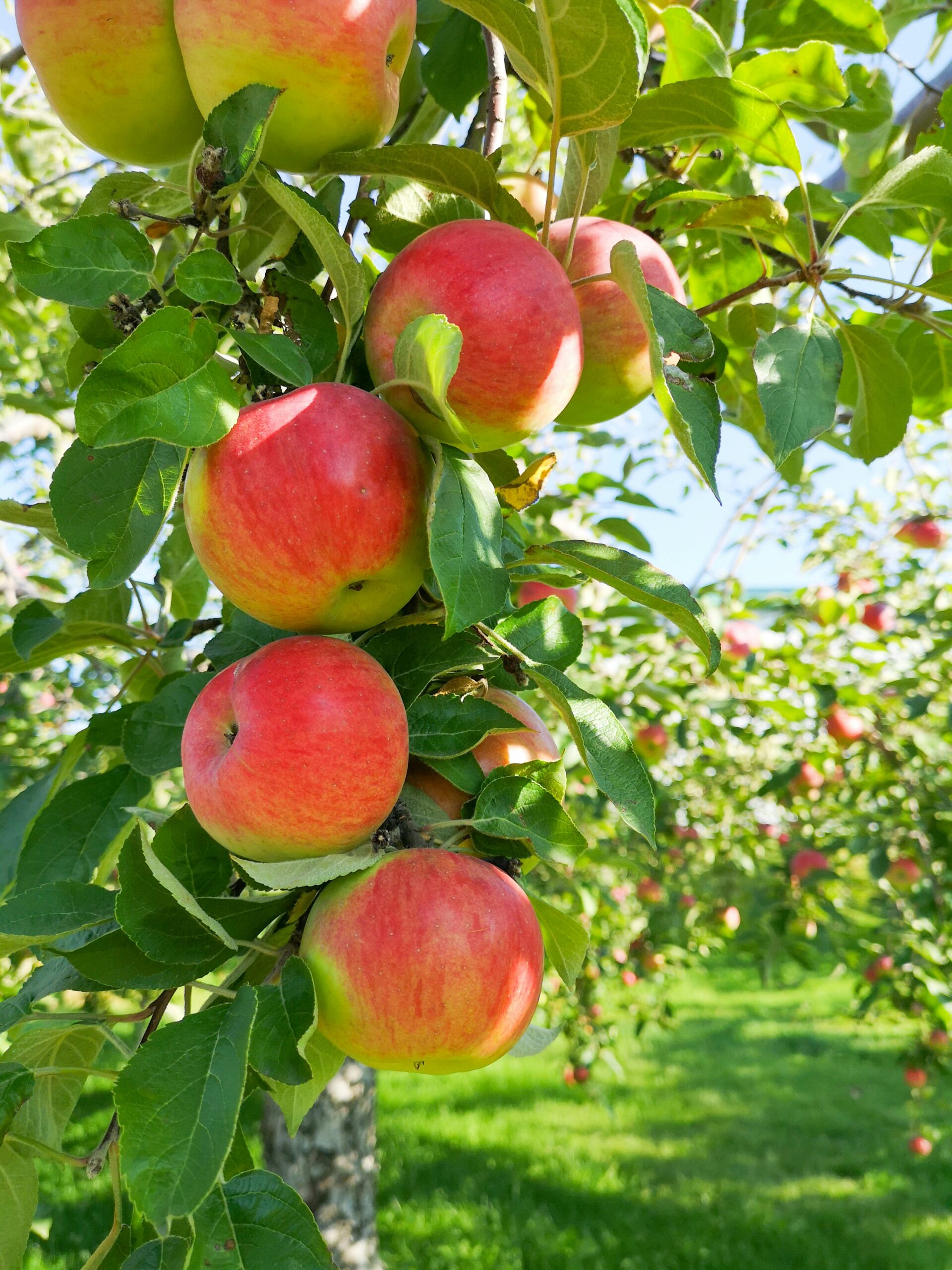Rainbows are one of nature’s most mesmerizing phenomena, captivating people across cultures and ages. These vibrant arcs of color have inspired myths, art, and scientific curiosity for centuries. Here are some fascinating facts about rainbows that showcase their beauty and complexity.
1. Rainbows Are Full Circles
Though we typically see rainbows as arcs, they are full circles. The ground obstructs the view of the bottom half, but if you’re ever lucky enough to be in an airplane or on a high mountain during the right conditions, you might catch a glimpse of a complete circular rainbow.
2. They’re Created by Reflection, Refraction, and Dispersion
Rainbows form when sunlight passes through raindrops in the atmosphere. As the light enters the droplet, it slows down and bends (refraction), reflects off the inside surface of the droplet, and then exits while splitting into its constituent colors (dispersion). This intricate process produces the spectrum of colors we associate with rainbows.
3. The Order of Colors Is Always the Same
The colors in a rainbow always appear in a specific order: red, orange, yellow, green, blue, indigo, and violet (ROYGBIV). This sequence is determined by the wavelengths of light, with red having the longest wavelength and violet the shortest.
4. Double Rainbows Are Common
Sometimes, light reflects twice inside a raindrop before exiting, creating a secondary rainbow above the primary one. The colors of this secondary rainbow are reversed, with red on the inside and violet on the outside. Double rainbows are often considered symbols of good fortune in various cultures.
5. Rainbows Can Appear at Night
Known as “moonbows,” these rainbows occur when moonlight—rather than sunlight—is refracted through water droplets. Moonbows are much fainter than daytime rainbows because moonlight is less intense than sunlight.
6. No Two People See the Same Rainbow
The rainbow you see is unique to your perspective. Its position and appearance depend on the angle of sunlight and the location of water droplets relative to your eyes. If someone stands next to you, they’ll see a slightly different rainbow.
7. Rainbows Aren’t Limited to Earth
Rainbows have been observed in extraterrestrial environments. For instance, light interacting with clouds on Venus or Titan (Saturn’s moon) could theoretically produce rainbow-like phenomena.
8. Rainbow Myths Span the Globe
Many indigenous cultures view rainbows as spiritual symbols or divine messages.
9. You Can Make Your Own Rainbow
Creating a rainbow doesn’t always require rain. A garden hose or spray bottle can mimic raindrops, and sunlight can produce a rainbow if viewed from the right angle. This simple experiment demonstrates the principles of light refraction and reflection.







